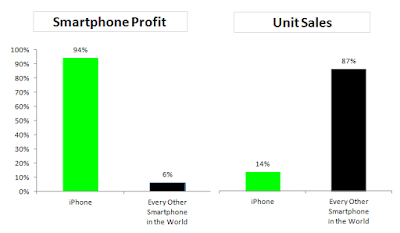Fox's Outkick the Coverage blog has a terrific detailed analysis of what ails ESPN these days. Blogger Clay Travis dissects Disney's recent 10K filings to understand precisely how many subscribers and how much revenue ESPN has lost in recent years, as more consumers "cut the cord" with respect to cable television. Travis determines that ESPN and its sister channels have lost 7 million subscribers in the past two years. That loss amounts of a decline in revenue of roughly $700 million per year. Travis points to cord cutters as the crux of the problem. He notes that ESPN has tried to hold onto customers by focusing on live sports programming that is difficult to access without cable television. However, those pricey contracts for events such as NFL games have increased ESPN's fixed costs tremendously. ESPN has been reducing its workforce to offset the decline in revenue, but that strategy has its limits.
The most interesting aspect of the blog post, though, has to do with the analysis of ESPN's customers vs. non-customers. Here's Travis on the dynamics of cable subscriptions:
When Outkick wrote an article about its business challenges back in
July, ESPN sent a statement that included the following data: "More
than half (54%) tune into ESPN in the average month and almost
two-thirds (65%) tune into ESPN over the course of a quarter." If that's true then around 48 million cable and satellite subscribers
watch ESPN every month. That's a very big number. But it also means
means that 44 million cable and satellite subscribers pay $6.60 a month
for ESPN and don't watch it in an average month. That means every month
ESPN is pocketing $290 million off cable and satellite subscribers who
don't watch the channel. Over the course of a year ESPN makes over $3
billion a year off consumers who don't watch ESPN. Eventually isn't your Aunt Gladys going to realize this?
I'm not sure that I can think of another company that makes as much money off of people who don't actually consume its product. The implication of this statistic is significant. It means that going direct to consumers will be challenging for ESPN, much more challenging than for an organization such as HBO. The paying subscribers of a direct-to-consumer ESPN subscription will have to pay a substantial enough sum to offset the loss of revenue from non-consumers who currently pay for ESPN even though they don't view it. HBO doesn't face this problem. ESPN's high fixed costs make this challenge very daunting indeed.
